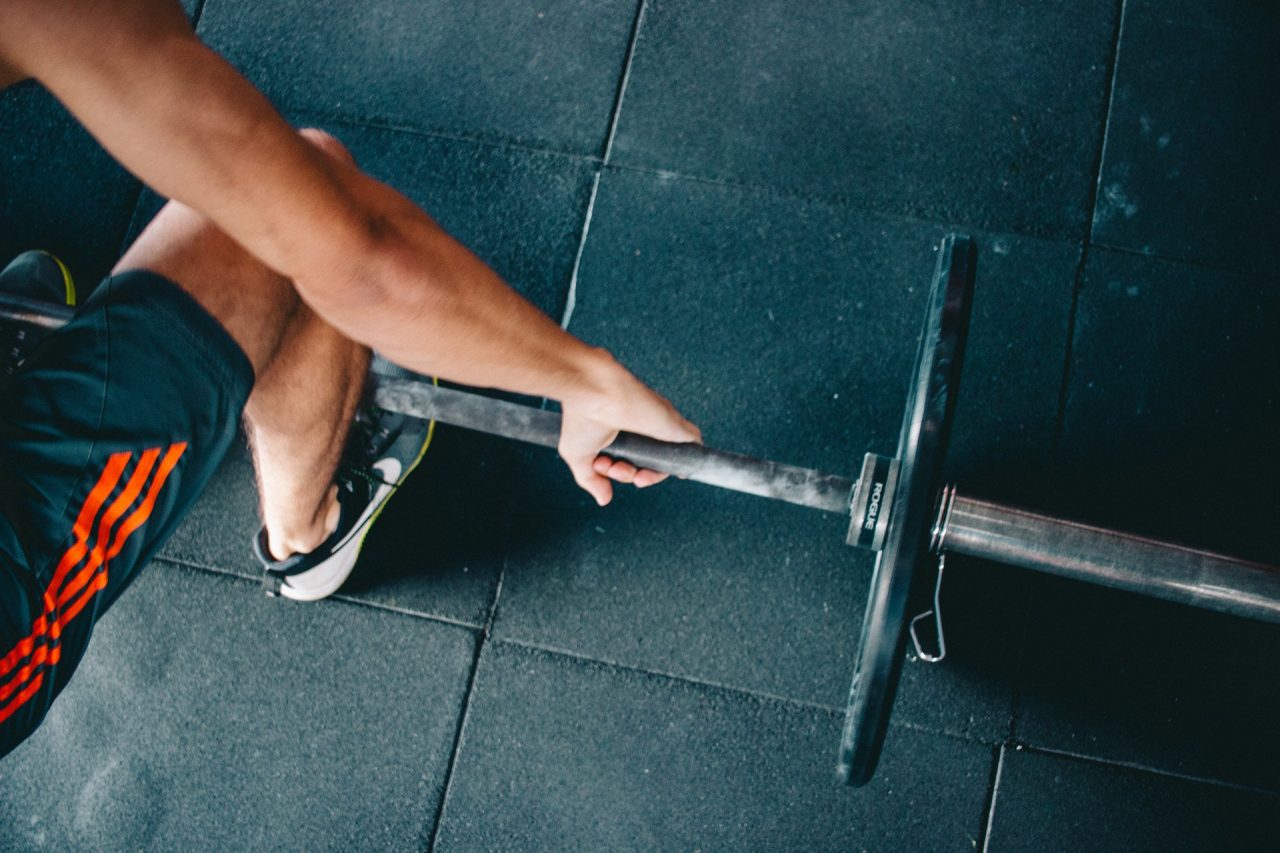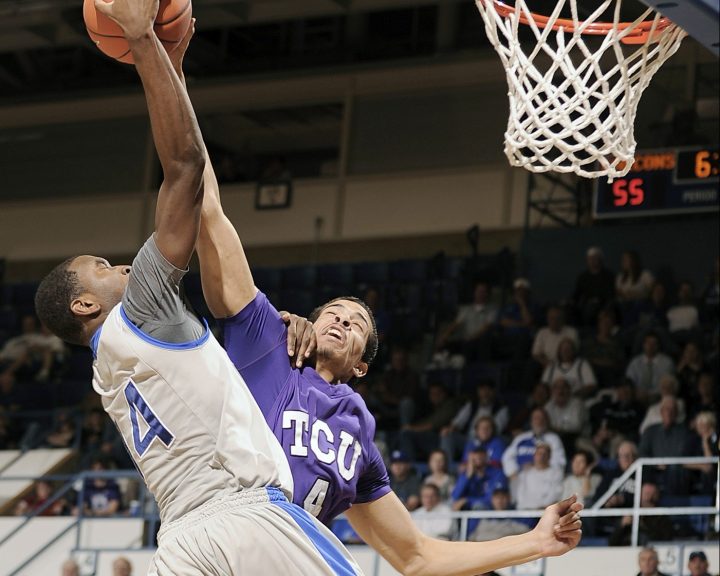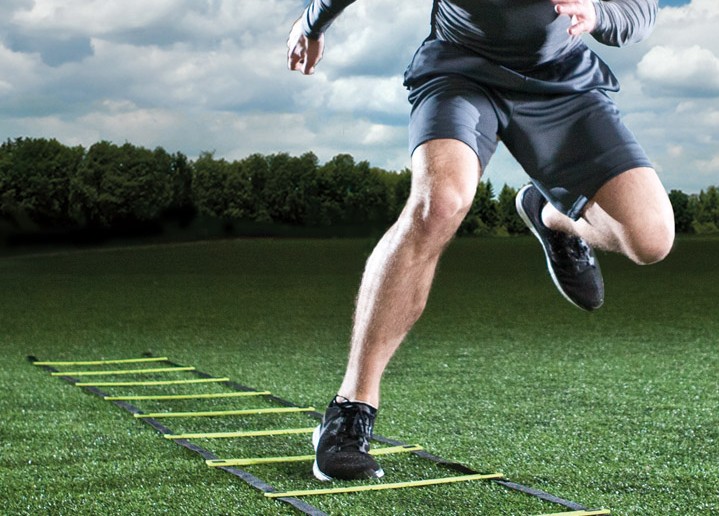One of the most explosive exercises in strength training is the snatch. The snatch is a total body exercise and is the first exercise contested in Olympic lifting competitions. For this exercise, the athlete approaches the bar and lifts it overhead in one motion. Done properly the lift takes right around a second to execute. Elite weightlifters generate somewhere between 19-20 watts of power per kilogram of bodyweight and lift the bar at around 1-1.2 meters per second.
The challenge with the snatch is it is an extremely technical exercise with a huge learning curve before it can be executed consistently enough to get the benefits from it. This is a very difficult exercise to teach to the large groups of athletes that many strength and conditioning coaches work with. Part of the snatch involves receiving the bar overhead in a full squat. This takes flexibility, tons of practice, and introduces a variable into the learning curve which is the concept of combined center of gravity.
When we lift an object overhead, we have a combined center of gravity with that object. It’s closest to the heavier object. Normally it involves keeping the weight in line with the athlete’s hips when it’s overhead. However, this concept also means that as the weight is increased the combined center of gravity changes slightly, essentially making it a new skill every time the weight is increased!
Now, there is a way to perform this exercise to get the benefit of the explosive part of the lift without worrying about some of the technical aspects of the lift. That is to do it as a power snatch and to perform it from the hang.
A power snatch is a snatch that is “caught” in a partial squat (usually a quarter squat or higher). This means the athlete does not have to drop under the bar as far and it is not as technical, in other words it’s easier to learn. Performing it from the hang also allows for the explosive part of the lift to be done without worrying about all the technique involved in lifting it from the floor.
Why do the hang power snatch and not simply a pull? After all, pulls are the explosive part of the lift! My reasoning for this is that when we actually lift the bar overhead we tend to pull harder and more explosively than when we just extend ourselves explosively. In other words, the power snatch from the hang keeps athletes honest!
How to perform:
- Take a snatch-width grip on the bar (wider than shoulder-width).
- Stand up with the bar in your hands. Straight arms. Chest out, shoulders back. Unlock the knees.
- Push the hips back, lowering the bar along the body as you do. Push the hips back until the bar is toughing the thigh.
- Done right, your shoulders should be ahead of the bar.
- From this position several things are done at the same time: explosively extend the hips, shrug the shoulders up, and rise up onto the toes.
- All of this will force the bar to move up along your body. When the bar reaches the height of the shoulders, drop down into a quarter squat “catching” the bar on extended arms.
- The bar should be slightly behind the body (i.e. in line with the hips). Stand up and repeat!
The challenge with using this exercise in a team setting is that it absolutely requires bumper plates and an area where the bar can be dropped. This is one exercise where we don’t want to fight if we get into trouble, we want to drop the bar and get out of the way. This exercise is not very forgiving of mistakes.
Power snatches should be done for sets of no more than six repetitions. This is because this is a technical power exercise. Too many reps and we perform the exercise with bad form or slow speeds, both defeat the purpose of the exercise.



